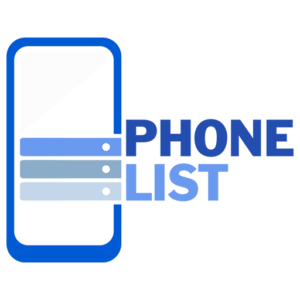A beneficial tool is a competitive analysis, telling you who the top competitors are in your industry, where they do most of their business, and how they go about strategizing for SEO.
3. User Intent
User intent behind keyword searches is another essential part of your SEO planning. It provides you with information on what the user is actually searching for instead of what you think they are looking for.
4. Crawling
Search engine spiders or bots discover your site through a process called crawling, utilizing your website architecture, sitemap, internal linking, and more.
Discover your Target Audience
Create buyer personas to guide your strategy in the beginning and continually refine those personas as you learn more about your audience.
2. Conduct Keyword Research and Develop a Topic List
Conduct thorough keyword research and phone lists find those keywords that address the needs of your target audience.
Develop a content strategy around the keywords, creating a list of topics to include in your content offerings.
3. Incorporate Various Content Formats
Look at the type of content that is trending and receiving higher conversion rates today, such as video, and incorporate it into your SEO content strategy.
Also analyze where your target audiences
Create a checklist or other reminders to ensure your team includes these optimizations at every opportunity.
5. Schedule Posts Often
Publish your blog and social media posts Mailing Lead often and on a regular schedule. Be consistent. To help with this, create a content calendar for your team.
6. Develop a Link Building Strategy
Determine how you will include links in your content and on your website.
Include both strong internal and external links, and establish a way to encourage backlinking from highly reputable websites and influencers.







